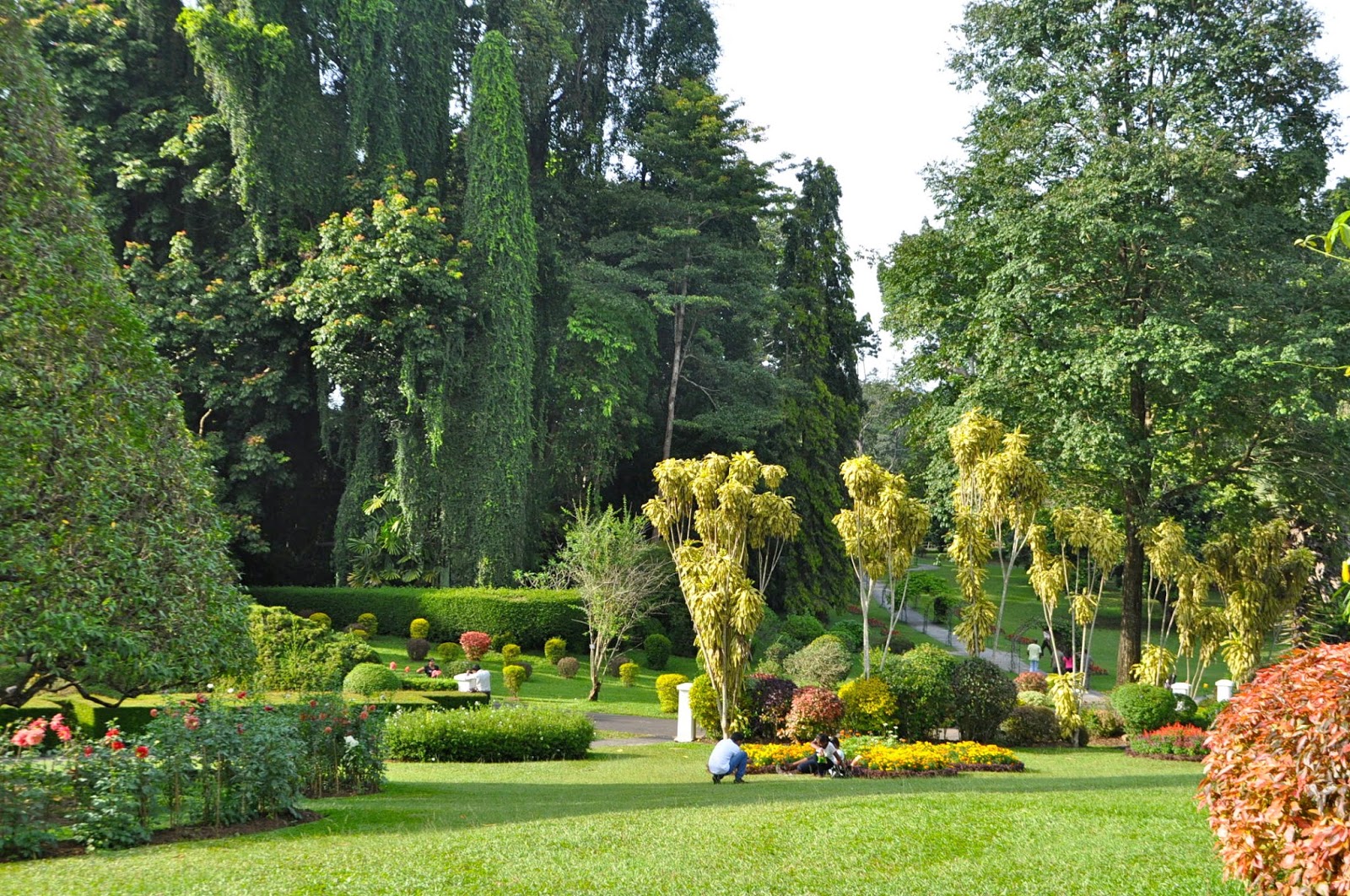Established in 1843, the Royal Botanical Gardens in Peradeniya, close to Kandy, are the oldest formal gardens in Sri Lanka. Home to over 4000 species of plants, these gardens are world renowned for their orchid collection and the long, palm framed pathways. In addition to displaying Sri Lanka’s native flora, there are many other plant species from across the world that were shipped in during the colonial era from the famous Kew Gardens in London.
Did you know?
According to The Guardian, Sri Lanka’s Royal Botanical Gardens in Peradeniya ranks amongst the “10 great botanical gardens around the world”, in an article published in August 2018.
The article in The Guardian goes on to state that the 300 acre garden in Kandy showcases an unusual variety of trees such as the ‘massive java willow, an avenue of royal palms, 40-metre high bamboos, a spice garden and an orchid house’, which is also abundant with many other amazing plant specimens! Furthermore, an added attraction is mentioned to draw visitors on a tour of Kandy to visit the gardens during its early opening hours – ‘an astonishing spectacle of thousands of flying foxes – huge fruit bats – returning to their daytime roost in the treetops’. This is indeed a stunning sight, so keep your fingers crossed in hope that you will be lucky enough to observe it during your visit to the park.
Attractions inside the park
Out of the 188 species of wild orchids growing in Sri Lanka, more than half flourish in Kandy. A small and neat orchid house built inside the Royal Botanical Gardens exhibits some of the best orchid species. The entrance is decorated with beds of red Salvia coccinea and scarlet poinsettias (more like Christmas pot plants that are grown in the open air). The main Broad Walk is created with fine evergreen trees, underneath which there are beds of the pretty “Prickly Bush” and “Blue Sky” flora. Another one of the high points of the flower garden is the area where big pergolas and wire arches are covered with glamorous climber plants with hard-to-pronounce names like Beaumontia and Saritaea, intertwined with the beautiful lilac-blue petraea. While these are some of the lovely plants brought down from Kew Gardens, it is said that none of them could have grown so beautifully in Britain itself.
The National Herbarium of Sri Lanka – the leading institute for authentication of plants in Sri Lanka, is also located inside the Peradeniya Gardens. The key duties of this institute is to explore plants, identify them, prepare specimens, documentation and revising of the floral wealth in Sri Lanka.
Who planted what?
If you study the origins of the magnificent trees that survived the end of the British rule inside these Royal Botanical Gardens, you will notice an honorific time warp.
- A massive Ceylon Ironwood tree planted by Nicholas II, the last tsar of Russia, upon his attainment in 1894.
- In 1824, the British brought in a tea plant from China and planted it in the Royal Botanical Gardens. This is considered the first ever noncommercial tea plant in Sri Lanka.
- A big Amherstia planted by Prince Albert of Belgium. The tree is identified with its gleaming bunches of scarlet flowers hanging down like huge lobster claws.
- First female prime minister of Sri Lanka – Mrs. Sirimavo Bandaranaike planted the camphor tree in 1972.
- In 1941, the High Pontiff of the Muslim Dawoodi Bohra Community, Syedna Taher Saifuddin (RA), planted the Baikea Insignis (which originates from tropical Africa).
- Beside the orchid house is a Yellow Trumpet tree planted by Crown Prince Akihito of Japan and his Crown Princess. Planted in 1981, this tree is now more than 40 feet high and has beautiful yellow flowers falling on to the path beneath.
- Close to the Yellow Trumpet tree is the Sorrowless tree planted by Queen Elizabeth in 1981.

